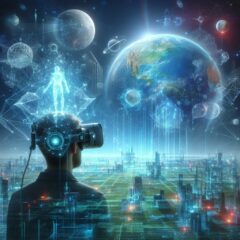Future of Work
The work in our research area “Future of Work” led to the foundation of the Dr. Theo and Friedl Schöller Research Laboratory “Future of Work”, which bundles the activities in order to promote top international research on the one hand, but also to ensure the transfer of our research into corporate practice on the other hand.
The following research focal points and projects make up this research area:




